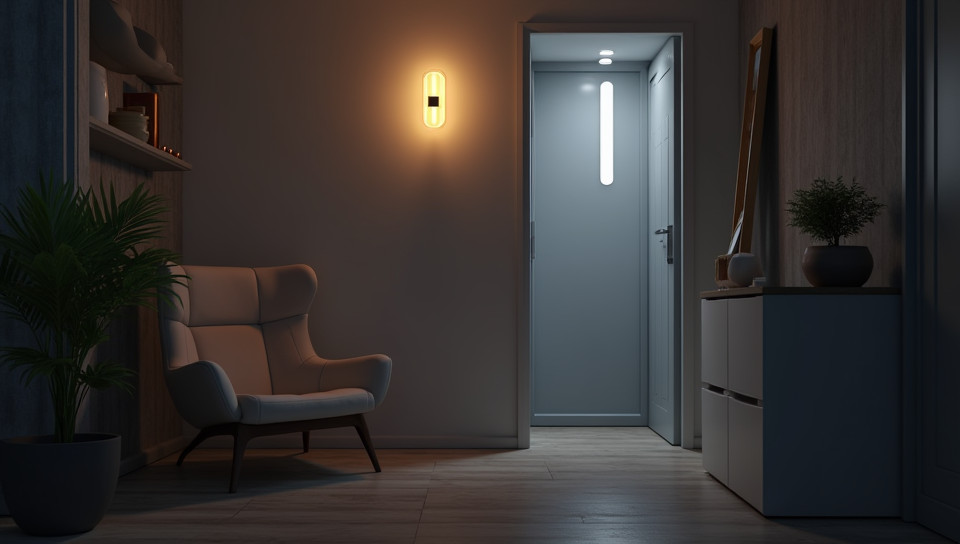Smart lights automatically turn on when occupants enter 85%

Smart Lighting for a Smarter Home
Imagine walking into your home after a long day, and being greeted by soft, warm lighting that adjusts to your presence. No more fumbling for light switches or worrying about tripping on stairs in the dark. This is the promise of smart lights that automatically turn on when occupants enter. But how do these innovative devices work, and what benefits do they bring to our daily lives?
The Technology Behind Smart Lighting
Smart lighting systems use a variety of sensors and technologies to detect motion and adjust lighting levels accordingly. Some common features include:
- Motion detection using infrared or ultrasonic sensors
- Occupancy sensing with algorithms that learn your schedule and habits
- Geofencing, which detects when you're approaching home and adjusts lighting settings
- Voice control through integration with popular virtual assistants
Benefits of Smart Lighting
Smart lights offer a range of benefits for homeowners, including:
Energy Efficiency: By automatically turning off or adjusting lighting levels when no one is present, smart lights can help reduce energy consumption and lower utility bills. Convenience: No more worrying about flipping light switches or struggling to find the right dimmer switch. Safety: Smart lights can be programmed to turn on or adjust brightness in areas where safety is a concern, such as hallways or stairs.
Choosing the Right Smart Lighting System
When selecting a smart lighting system, consider the following factors:
- Compatibility with your existing light fixtures and switches
- Ease of use and setup
- Integration with other smart home devices and voice assistants
- Energy efficiency and cost savings
Conclusion
Smart lights that automatically turn on when occupants enter are more than just a novelty – they're a game-changer for homeowners. By providing convenience, energy efficiency, and safety, these innovative devices can transform the way we live and interact with our homes. Whether you're looking to upgrade your current lighting system or exploring new smart home technologies, consider the benefits of smart lights and take the first step towards a brighter, more connected future.
- Created by: Zion de Guzman
- Created at: Aug. 12, 2024, 10:21 p.m.
- ID: 6908

